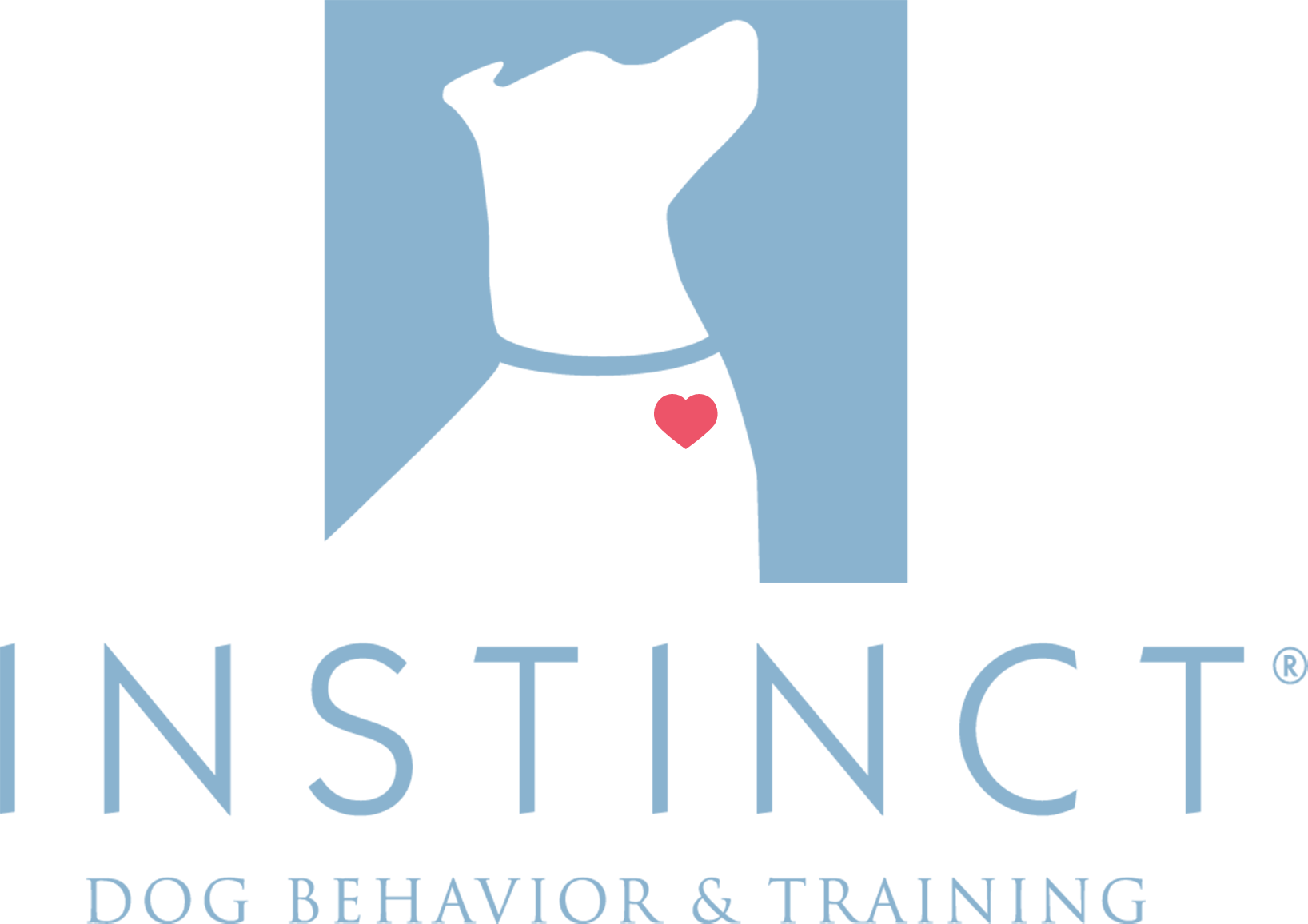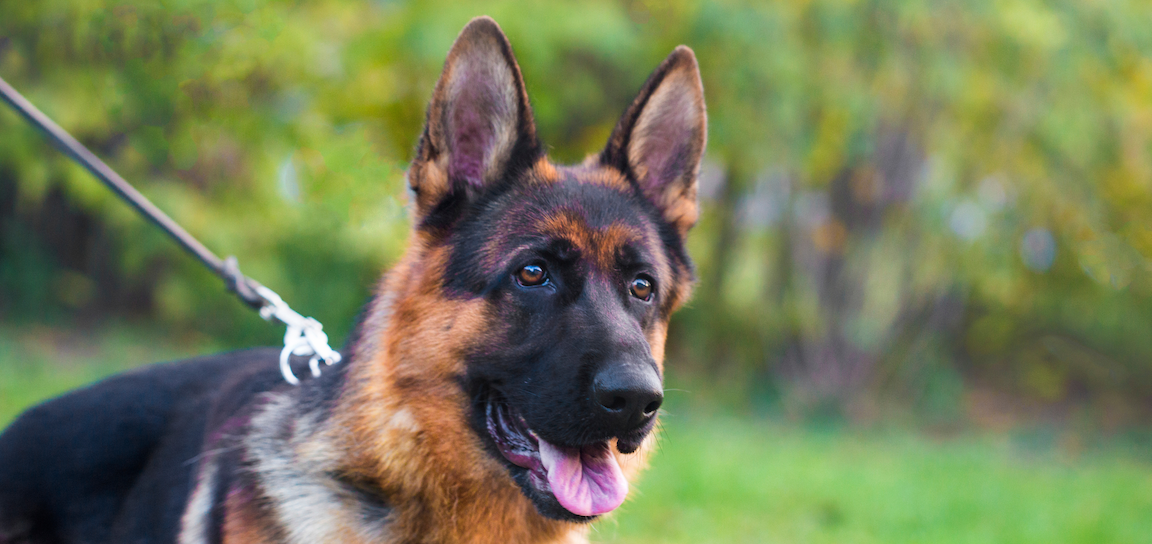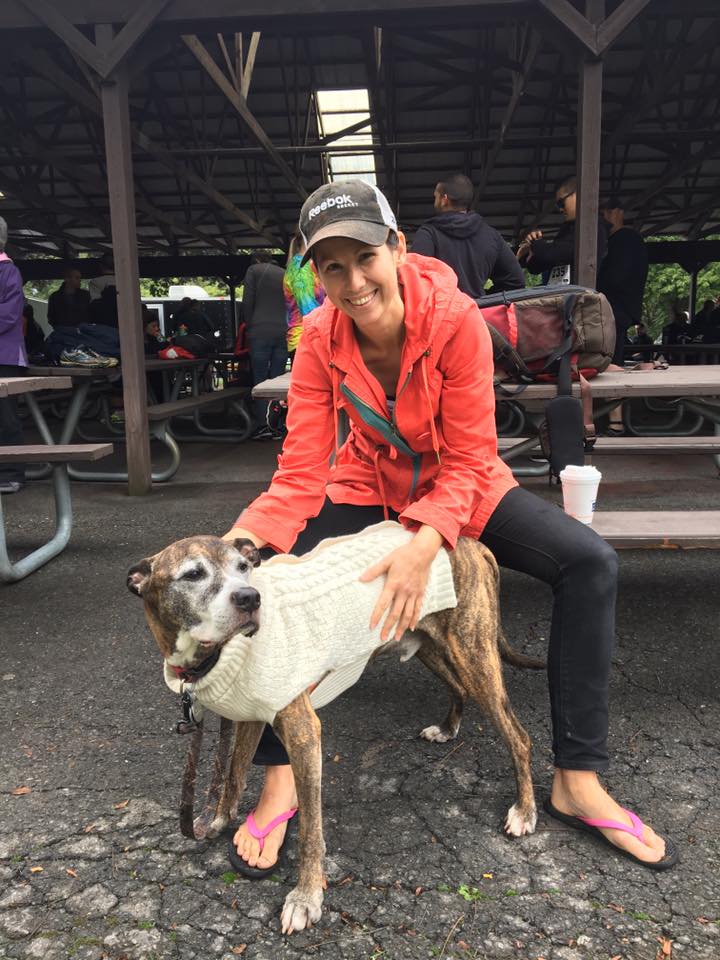
Welcome to the blog! This week, we’re exploring some of the ways we might be missing the mark when it comes to learning about dog body language—an invaluable skill that benefits not just you and your own dog, but every other dog who crosses your path.
Happy Reading,

Seeing the ‘Big Picture’ of Dog Body Language
Most dog trainers and behavior consultants—myself included—believe pretty strongly that educating people about dog body language is one of the most important and impactful things we can do to protect the safety and well-being of both dogs and people.
But, since having a (human) baby, I’ve been questioning the approach we typically take with dog body language education, as it seems to leave many dog owners with some serious blindspots when it comes to being able to quickly and easily see the Big Picture of our dogs’ behavior.
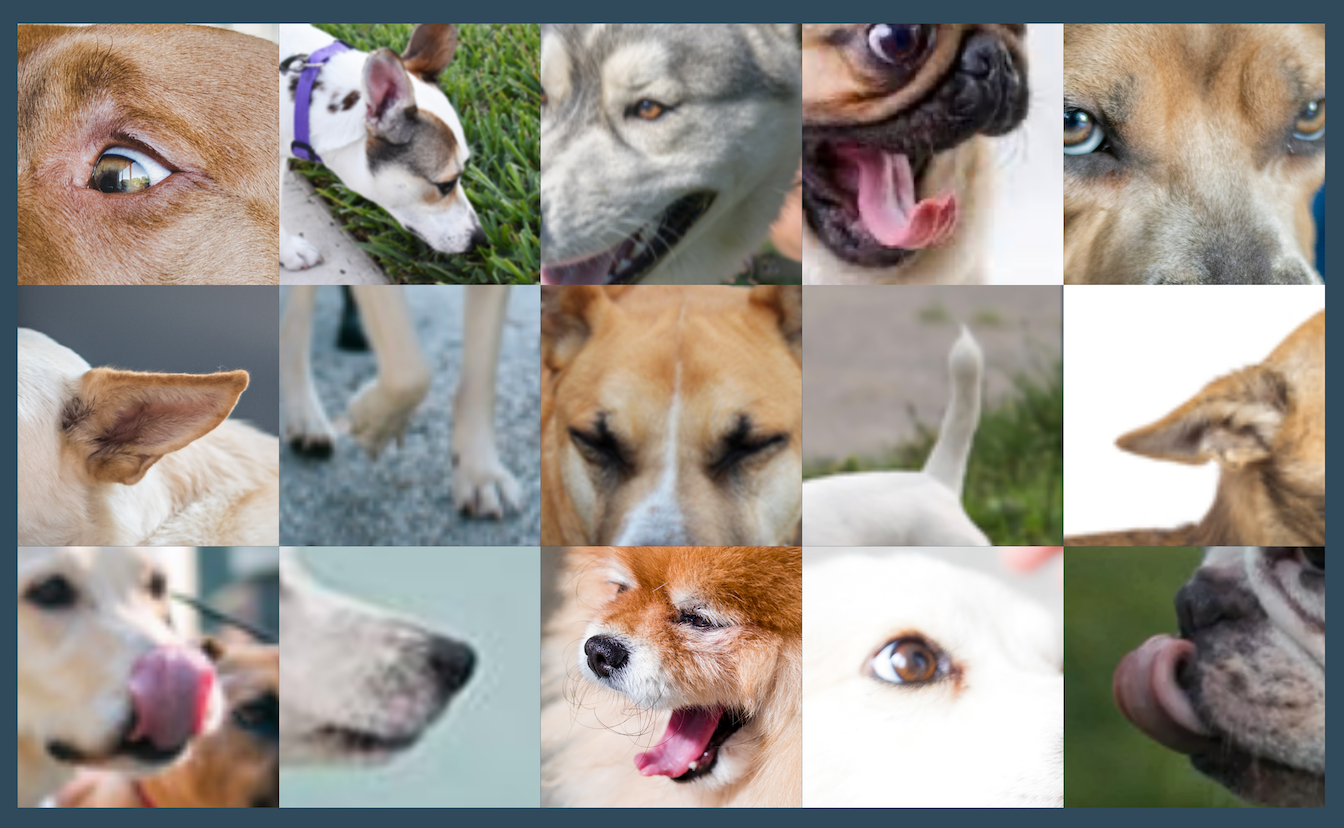
Behavior Under a Microscope
Many dog body language resources and educational tools focus on helping people be able to zoom in and identify a laundry list of discrete, “dog-specific” behaviors that can indicate feelings of fear, anxiety, or frustration.
At first glance, this makes perfect sense. After all, we’re two totally different species. We should focus our energy on learning all these dog-specific signals—paw lifts, lip licks, displacement sniffing, shake-offs, etc.—that we, as humans, are less likely to intuit…right?

Human-Specific Body Language?
Since having our daughter just over a year ago, Brian and I continue to be surprised at how many smart, empathetic, well-meaning people (friends, family members, strangers, people with lots of experience with babies, etc.) try to engage with her, despite her showing obvious (to us) body language that she isn’t comfortable or interested in interacting at the moment—something that’s become more frequent as she’s entered her current “stranger danger” phase of development.
Indeed, unless she starts crying or actively tries to crawl/walk away, folks seem to assume she’s “fine” and take this as a green light to proceed with approaching and interacting as they like. Of course, we step in and advocate for space on her behalf before it gets to this point, until she’s old enough to be able to do so on her own.

Which brings us to the topic of this blog: the subtle and not-so-subtle avoidant behavior that people so often miss in our daughter isn’t “human-specific body language”—it’s the very same body language many people are overlooking with dogs.
It seems the education we need most isn’t reading dog-specific body language, per se. It’s reading body language, period.
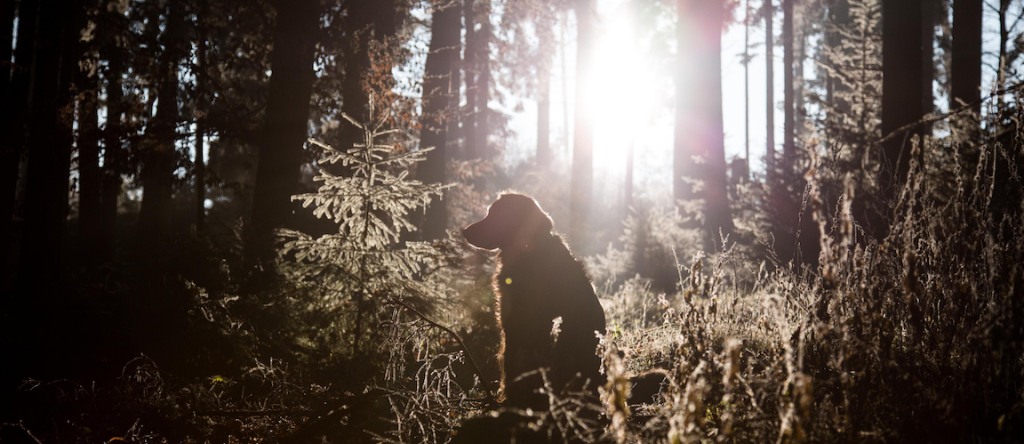
Missing the Forest for the Trees
Learning about the various stress signals of dogs is very helpful, truly. But it’s important to internalize that these discrete, species-specific behaviors are highly context specific. Many of them—though not all—are just as likely to indicate a state of happy anticipation as they are a state of fear or anxiety. And the presence of any one stress signal or displacement behavior reveals only a tiny piece of the overall puzzle.
We would all be well-served to first zoom out and attune ourselves to the bigger-picture body language and behavior that can very clearly tell us whether a dog—or a baby ;)—wishes to avoid interacting with us or others around them.
If you’d like to read more about the context-specific nature of displacement behaviors and “stress signals”, check out this blog by the always insightful Dr. Patricia McConnell.
A “Forest First” Approach to Body Language
If you want to up your game when it comes to reading dogs (and babies, and human adults, and whole host of other mammalian species, too!), try taking a “Forest First” approach.
When you are interacting with or observing someone, attune yourself to these two big behavioral indicators to determine whether the interaction is one the other individual would really rather avoid:
1. Watch for TENSION
Stressed dogs are tense—just like stressed people! And while the presence of tension doesn’t automatically indicate a negative emotional state, it does generally indicate a dog who, at the very least, isn’t feeling totally relaxed and at ease about a given interaction or situation.
Here are common ways to spot tension in dogs (and people, too!)
- Do you see brows furrowed/knitted together?
- Are the corners of their mouth tight or pulled forward?
- Are their shoulders and body loose and relaxed, or are they stiff, rigid?
2. Watch for AVOIDANCE
A display of avoidant behavior doesn’t necessarily mean a dog (or person) is feeling scared or stressed. But it does mean that individual doesn’t want to engage with us at the moment, for whatever reason.
And unless we have a legitimate reason to need to press forward with the interaction, their signals of avoidance should be reason enough for us to hang back and give them some space.
Here are some common ways to spot avoidant behavior:
- Is the individual sneaking quick, darting looks your direction, then looking away? Or perhaps they’re staring at you, but out of the corner of their eye. They’re probably not feeling very comfortable, and are trying to gather more information about you without interacting directly. Don’t try to engage with them just yet.
- Are they avoiding eye contact altogether, deeply engrossed in the grass, a bird, their toy…basically, anything but you? They’re not interested in interacting.
- Are they turning their head and/or body down or away from you, even slightly? Also not interested.
- How is their weight shifted? Is the dog standing perfectly neutral, shoulders directly above their front paws? Or are they leaning back/away slightly, indicating a desire to avoid, or are they shifted forward/toward you slightly?
These “forest-level” indicators alone aren’t enough to tell you, for example, whether a tense dog who is staring at and leaning toward you views you as a threat to dismantle, or just really wants to come check out what’s in your treat pouch. (That’s when learning more about all the discrete, dog-specific behaviors becomes helpful!)
But “forest-level” indicators are generally enough to tell you when a dog absolutely doesn’t want to interact with you/others in the environment at the moment.
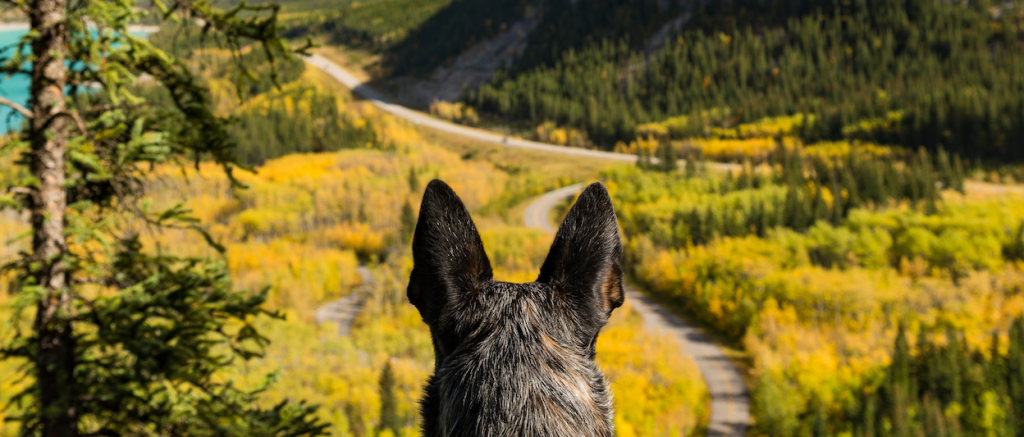
I See the Forest. Now What?
Seeing the Big Picture is great. But knowing what to do with that information is equally as important.
Step 1. Follow these Interaction Guidelines
Here are some general, high-level interaction guidelines you can follow based on whether a dog is showing signs of tension and/or avoidance
- No signs of tension AND no signs of avoidance?
- With the guardian’s permission, follow these basic greeting do’s and don’ts to help ensure the dog stays comfortable and relaxed. And remember, “Invite, Don’t Invade”: when you extend an invitation to a dog (or baby) to engage with you, it works best to stay where you are and invite them into your space vs. moving into theirs.
- Showing signs of tension OR signs of avoidance?
- Stay where you are and don’t try to invite an interaction just yet. Check your own body language and adjust if needed to assume a relaxed, neutral position, as in the graphic below.
- If signs of tension or avoidance persist or escalate, give the dog more space.
- If signs of tension or avoidance start to diminish, follow the greeting invitation do’s and don’ts above (with the guardian’s blessing). As above, be sure not to encroach on the dog’s space during your greeting invitation: let them be the one to ‘break the plane’ and move toward you.
- Stay where you are and don’t try to invite an interaction just yet. Check your own body language and adjust if needed to assume a relaxed, neutral position, as in the graphic below.
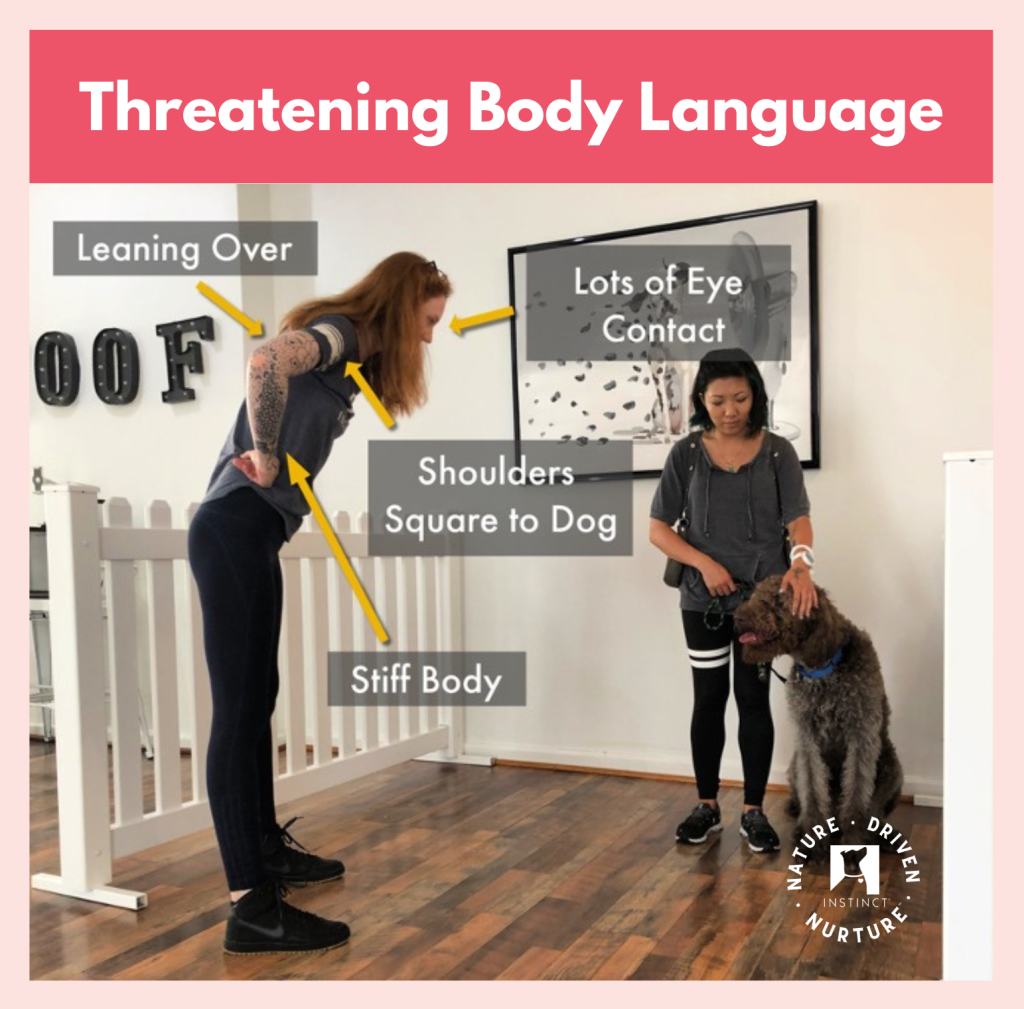
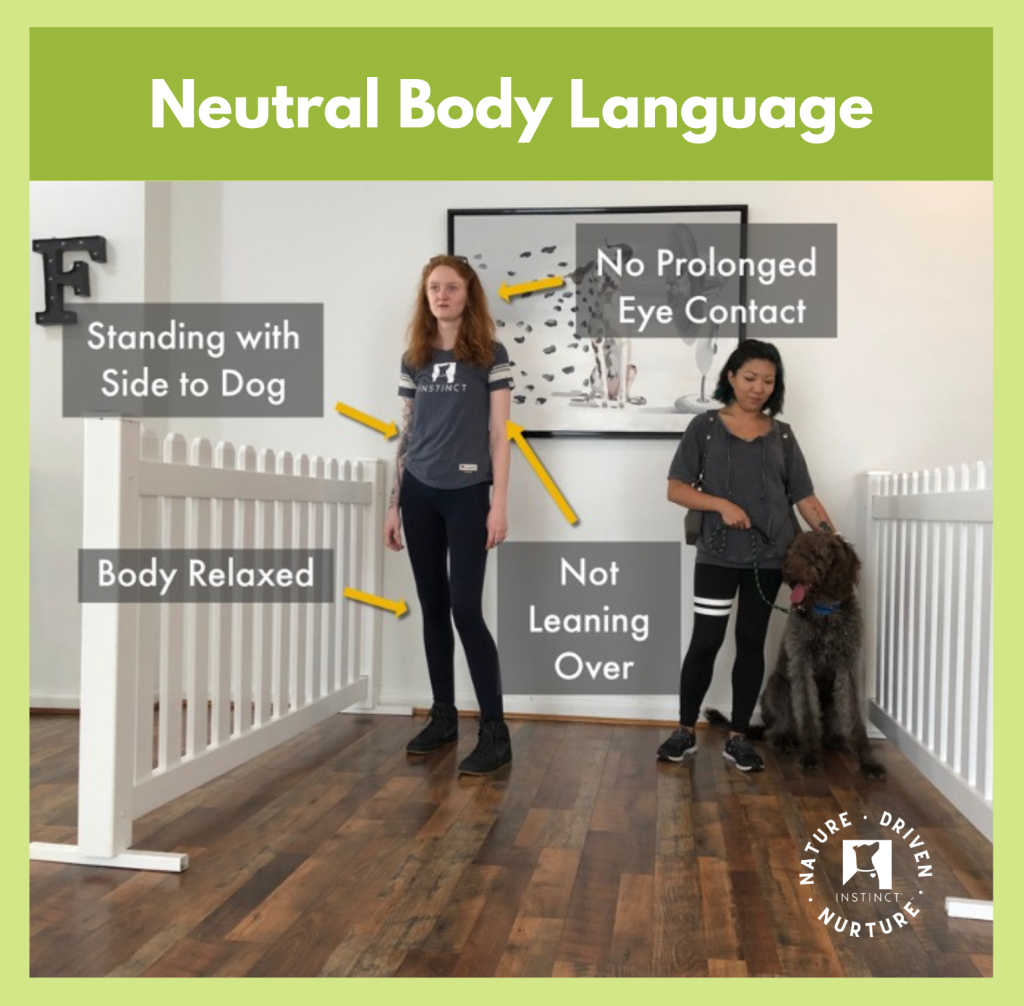
- Showing signs of tension AND signs of avoidance?
- Back it up. Create more distance, and forget about any attempts to engage or interact with them for now.
Step 2. Learn About the Trees
Once we refocus and make sure we are capable of seeing the overall forest, it’s a great time to then dive in and start learning about all the individual “trees” (i.e., discrete, dog-specific body language and behavior) that help to make the picture we are seeing even richer and more informative.
The book Doggie Language, by Lili Chin, is a fantastic resource for doing so!
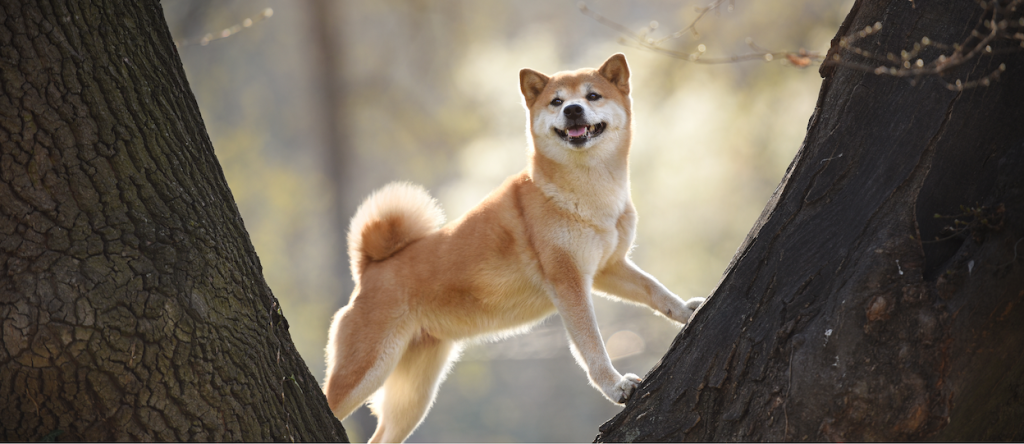
NEED TRAINING OR BEHAVIOR SUPPORT?
Check out the resources below!
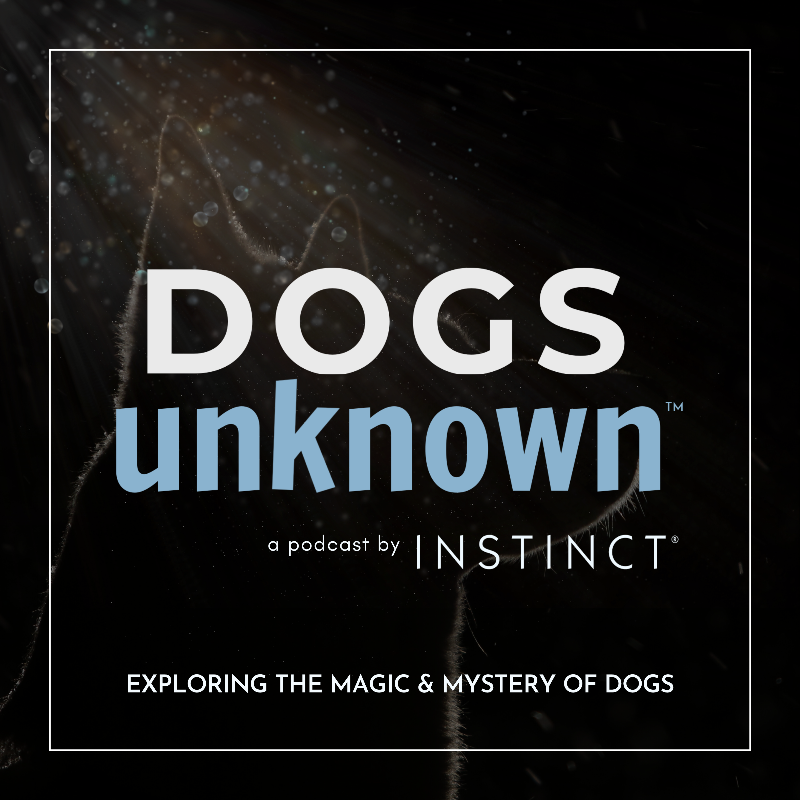
Check out Instinct’s award-winning podcast, Dogs Unknown (fka DogLab), hosted by Instinct Co-Founders Sarah Fraser (me!) and Brian Burton.

Join one of our free, live training & behavior seminars via Zoom!
Hosted by Instinct behavior consultants, these seminars include a 1 hr presentation plus live Q&A session. Open to all!
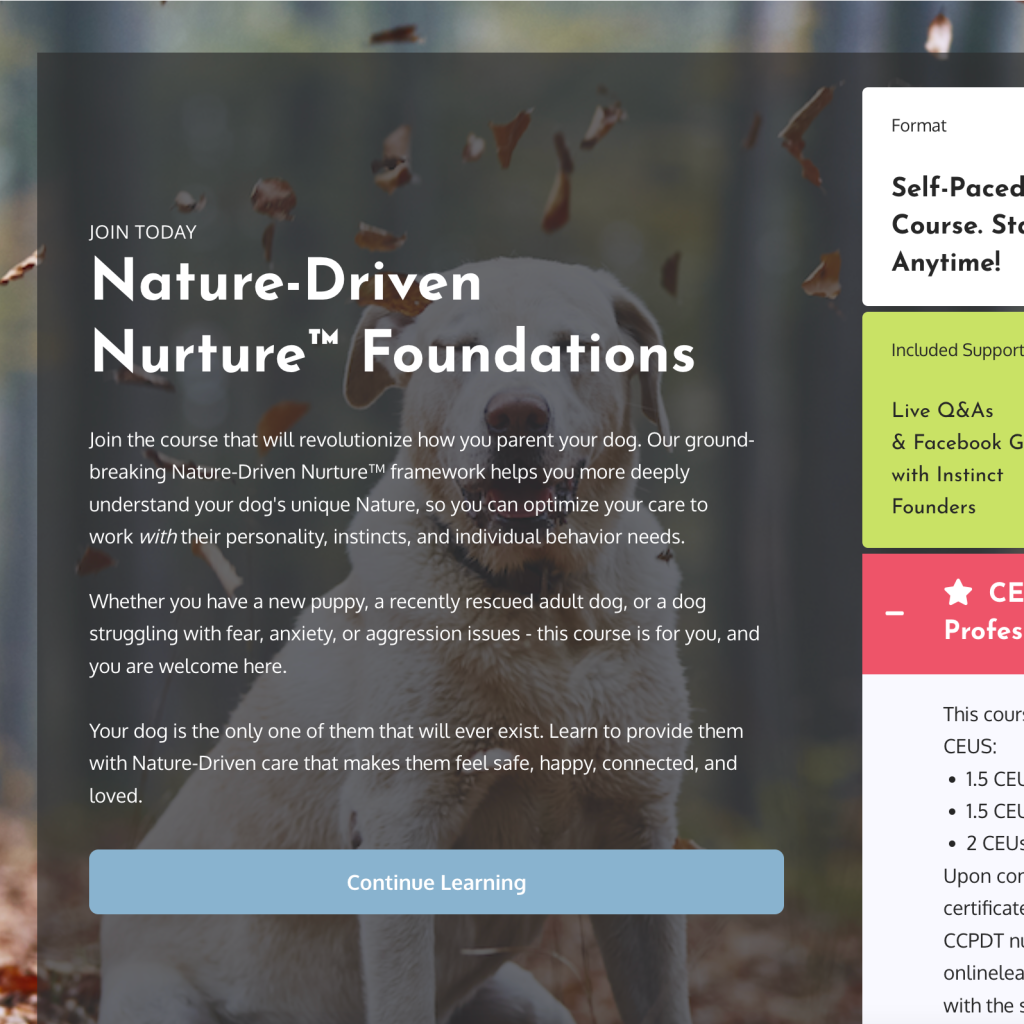
Sign up for the Nature-Driven Nurture Foundations course in our Online School. Learn our groundbreaking canine behavioral health framework that teaches you how to optimize your dog’s training & care based on their unique, individual Nature. This self-paced course includes:
- Access to private Alumni Facebook group
- Twice-monthly Zoom Q&As with Instinct co-founders
Or, contact your local Instinct for fully customized training & behavior support with certified, veterinarian-recommended trainers and behavior consultants.
